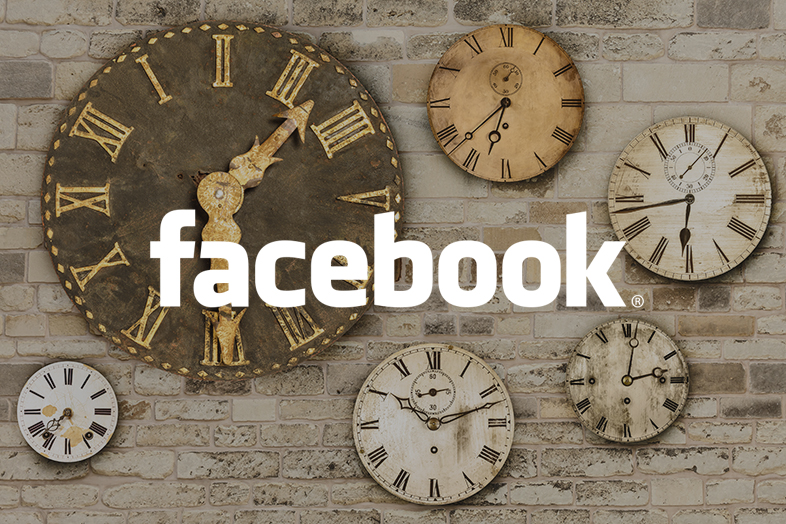BLOG/Ecommerce
Facebook Invents a New Unit of Time: the ‘Flick’
Written By: Chelsey DeBalsi, Agency Marketing Manager at Digital Operative
Yes, you read that correctly. Facebook’s virtual reality (VR) division, Oculus, created a new unit of time, which they call the "flick", and equals one seven hundred and five million six hundred thousandth of a second. Super simple, right? That can also be read as 1/705,600,000 or 1.417233560090703e-9.

So... why did Facebook invent the flick? Put simply, it allows video and audio producers to better and more accurately edit content. While the number may seem random, it actually makes so much sense. When most frame rates and frequencies are divided into a second (I know, so yesterday), they come out to inconvenient decimals. For example, 1/24th of a second is equal to 0.041666666666. As a result, it may be rounded to 0.0417, which is easier, but not entirely accurate.
With the addition of the flick, however, almost all commonly used frame rates and frequencies divide into exact, round numbers. 1/24th of a second, for example, becomes an even 29,400,000 flicks. For special effects artists or anyone that works in film, "flicks" are incredibly valuable in that they cleanly divide each frame into an easy-to-read and easy-to-use number.
How does this relate to ecommerce?
Let’s switch gears and talk about VR for a minute. VR, also known as computer-simulated reality, combines technology with experiences to create immersive, high-value environments that mimic real life. Using VR headsets, consumers can “experience” things that used to just be a fantasy, like the set of a movie or a universe from a video game.
But specific to ecommerce, just think about the potential VR holds. Imagine an online department store that allows consumers to select a product and then explore all aspects of that product, the same as they would in a store but from the comfort of their couch? Or a travel company that builds a VR platform to allow consumers to “visit” potential travel destinations or hotels before they even book their trip?
As one example, check out Lowe’s Holoroom - a VR home improvement visualization tool that allows consumers to conceptualize the layout and design of their home prior to purchase.
One of the most important aspects of VR is its ability to create immersive experiences that simulate real life. And crucial to achieving this, is timing. As soon as a delay becomes apparent to the consumer, the experience will stop seeming real and we lose our advantage.
...are you still with me? This ties back to why Facebook invented the flick; to allow video and audio producers to better edit content. This advancement paves the path for better, more immersive VR experiences, which is an amazing development for the potential of VR in ecommerce.
“We know that the future of ecommerce involves VR, it’s just a matter of time until the kinks are worked out and it really takes off,” said Jenny Chesley, Director of Digital Marketing at Digital Operative. “The concept of the flick simplifies the job of VR developers and will make it easier for them to line up timing and produce experiences that mirror real life.”
2018 is an exciting year for ecommerce, as advancements in technology set us up for growth and the ability to provide the most immersive customer experiences to date. As we work to better reach customers and provide the best possible buying experience, VR will play an increasingly important role as it allows retailers to showcase their products better than ever before, and virtually anywhere.
Interested in hearing more?
Contact us to learn about our ecommerce and digital marketing services, or subscribe to our newsletter below to stay in touch as we cover developments in VR and other trends throughout 2018!
More from the
DO Blog

Designing & Building Product Finder Quizzes for eCommer...
Strategy & Planning / December 23, 2020
View Blog Post
3 Customer Motivation Strategies to Improve Your eCommerce i...
Strategy & Planning / July 27, 2020
View Blog Post
